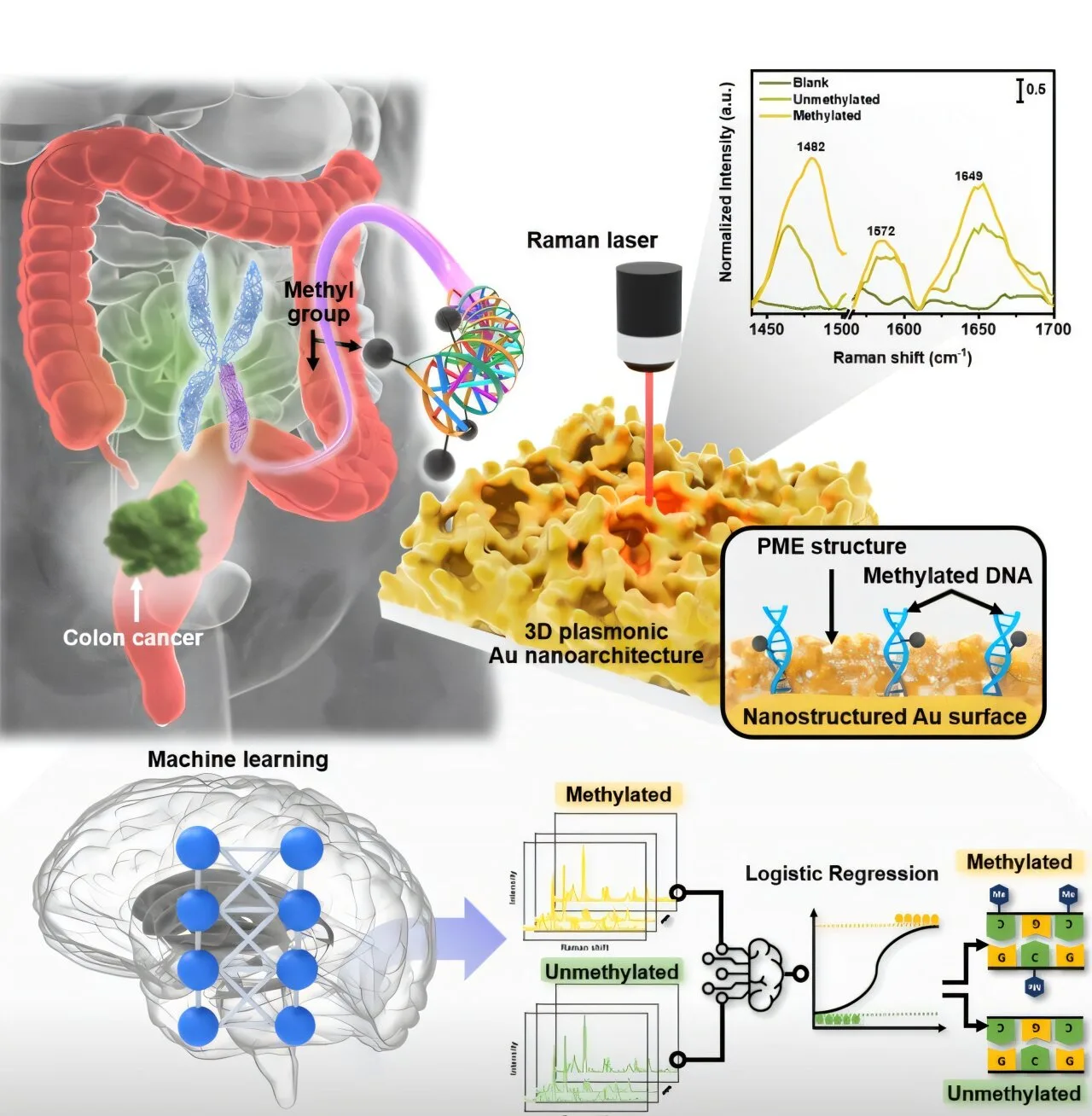Revolutionary Biosensor for Early Cancer Detection
Scientists at the Korea Institute of Materials Science (KIMS), led by Dr. Ho Sang Jung, have achieved a significant breakthrough in early cancer diagnosis. They have successfully created an optical biosensor capable of detecting minute quantities of cancer cell DNA circulating in the bloodstream.
The Power of Early Detection
Early cancer detection is crucial for improving treatment outcomes and patient survival rates. This innovative biosensor offers a promising avenue for identifying cancer at its earliest stages, potentially revolutionizing cancer diagnostics.
How the Biosensor Works
This cutting-edge biosensor utilizes advanced optical technology to identify specific DNA fragments released by cancer cells into the bloodstream. Its high sensitivity allows for the detection of even trace amounts of these DNA markers, enabling early detection before traditional methods can identify the disease.
Key Features of the Biosensor
- High Sensitivity: Detects extremely low concentrations of cancer cell DNA.
- Early Detection: Facilitates cancer diagnosis at its earliest stages.
- Non-Invasive: Utilizes blood samples for analysis.
- Potential for Personalized Medicine: Could be adapted to detect specific cancer types.
Implications for Cancer Treatment
The development of this optical biosensor holds immense potential for transforming cancer treatment strategies. Early and accurate diagnosis can lead to:
- More effective treatment plans.
- Improved patient outcomes.
- Reduced healthcare costs associated with late-stage cancer treatment.
Future Directions
Dr. Jung and his team are continuing to refine and optimize the biosensor technology. Future research will focus on expanding its capabilities to detect a wider range of cancer types and exploring its potential for use in point-of-care diagnostics.
Final Overview
This groundbreaking optical biosensor represents a significant advancement in early cancer detection. Its ability to detect trace amounts of cancer cell DNA in the bloodstream offers hope for earlier diagnosis, more effective treatment, and improved survival rates for cancer patients.




+ There are no comments
Add yours